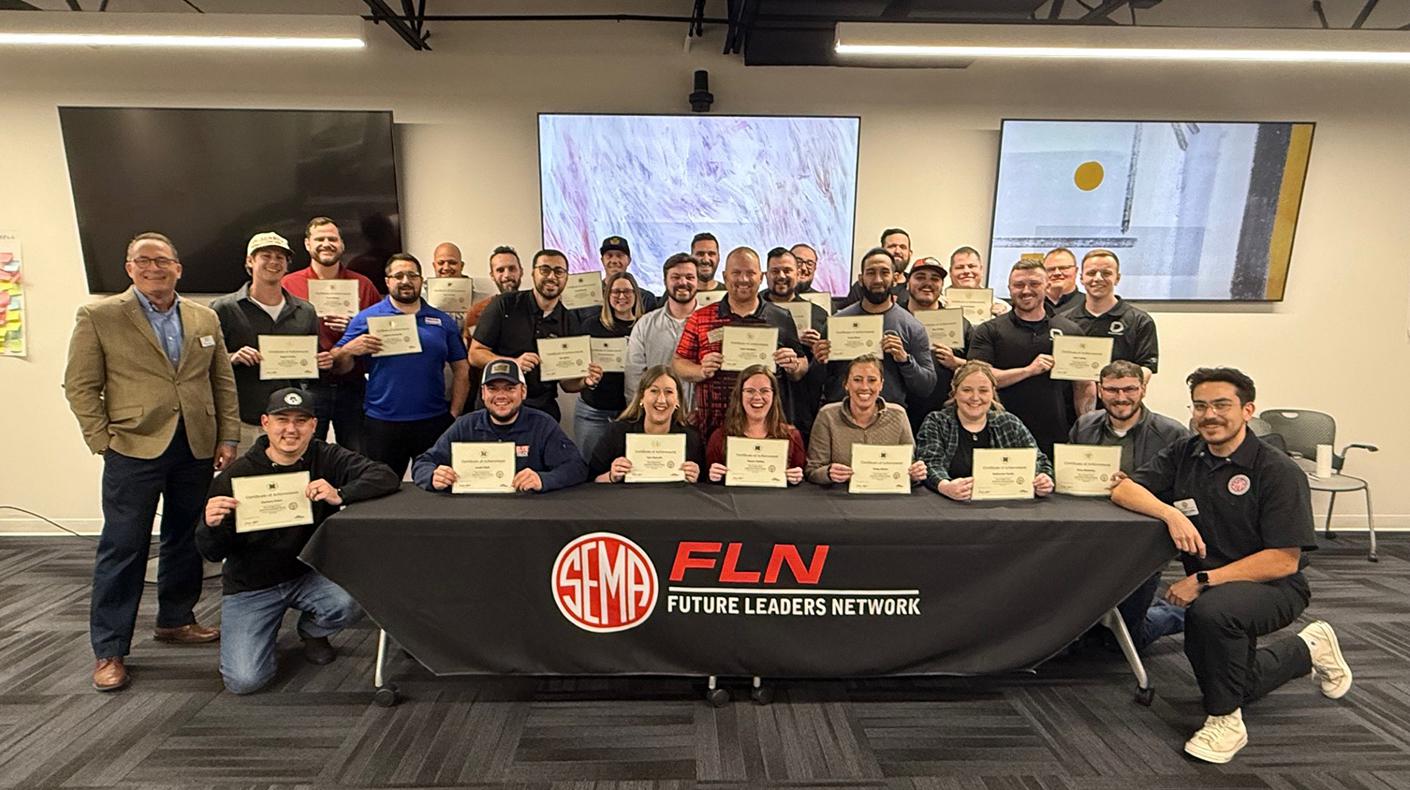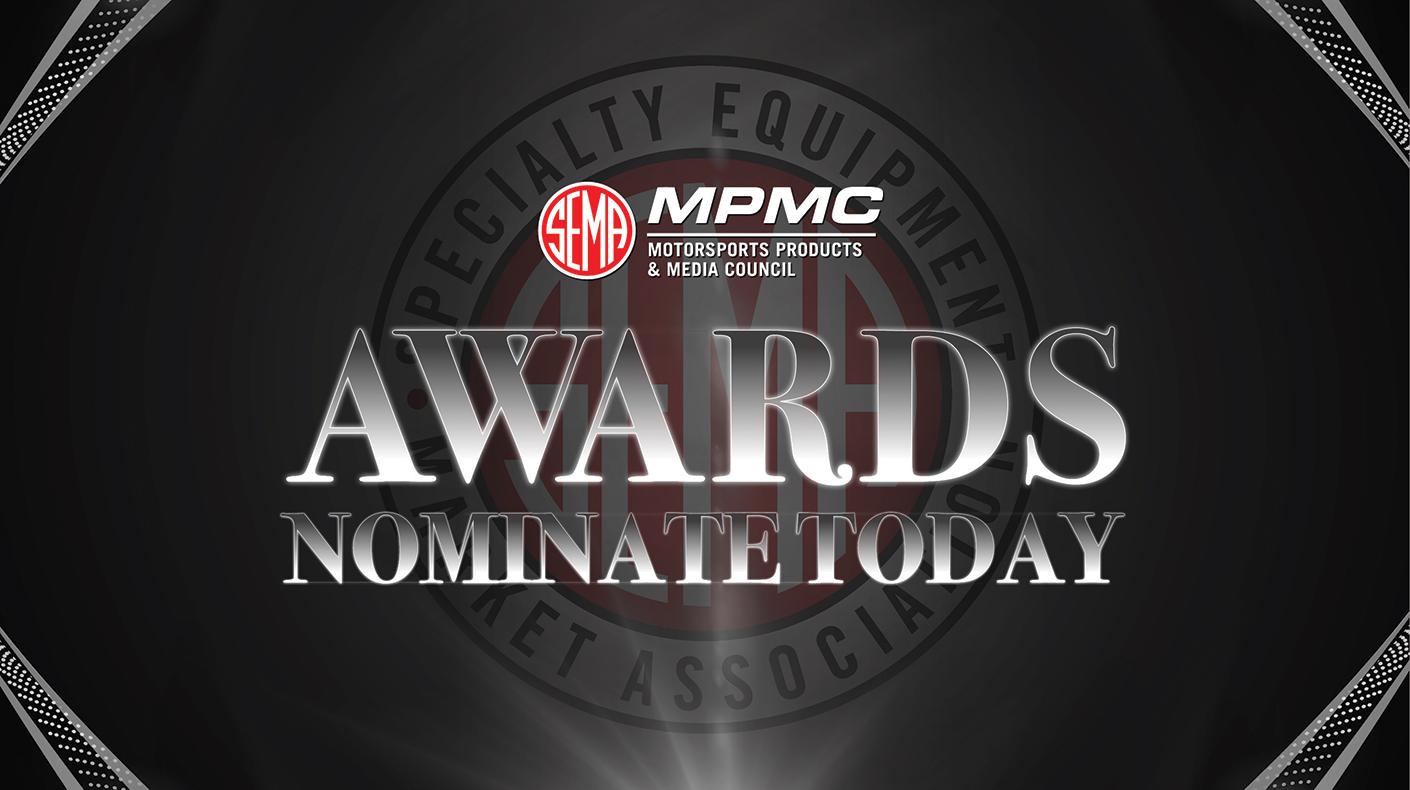 |
|
| In just its second year exhibiting at the SEMA Show, the powersports and utility vehicle market appears to be making a rebound just in time for the 2010 Show. |
The Show covers the entire realm of the specialty-equipment industry and is comprised of 12 categories: Business Services; Global Tire Expo—Powered by TIA; Hot Rod Alley; Mobile Electronics & Technology; Paint, Body & Equipment; Powersports & Utility Vehicles; Racing & Performance; Restoration Marketplace; Restyling & Car Care Accessories; Tools & Equipment; Trucks, SUVs and Off-Road; and Wheels & Accessories.
Each will be highlighted separately every week in SEMA eNews. This week’s category is Powersports & Utility Vehicles. So far, 37 powersports and utility vehicle companies—including 18 first-timers—are exhibiting in the South Hall.
In 2009, SEMA dedicated a special section of the Las Vegas Convention Center strictly to Powersports & Utility Vehicles. Manufacturers featured power-driven equipment, such as personal transporters; motorcycles; motor scooters; two-, three- and four-wheel ATVs; pocket bikes; specialty golf carts; mini-bikes; dirt bikes; and accessories and services that support these vehicles.
Specifically because of its powersports concentration, 5,590 buyers went into the 2009 SEMA Show and scanned products from Powersports & Utility Vehicles exhibitors 1,369 times during the Show.
“The SEMA Show represents a unique global platform for extreme performance and lifestyle activation,” said John Waraniak, SEMA’s vice president of vehicle technology. “Passion for performance and an emotional connection to self-actualized lifestyles are common denominators between successful SEMA and powersports manufacturers, distributors and retailers. The SEMA Show is one of the largest gatherings of small businesses in America, so I am confident that integrating leading powersports companies at the Show with SEMA’s programs and benefits will offer new dimensions of growth, innovation and profitability for both the powersports and specialty-equipment industries.”
GSA Findings
Along with his team of industry experts, Gart Sutton & Associates (GSA)—an authority on retail profitability in the powersports industry—will present Powersports Dealer Update Workshops at the 2010 SEMA Show in Las Vegas, November 1–2, at the Renaissance Hotel next to the Las Vegas Convention Center. GSA recently polled some of its powersports dealers to get a better picture of what was happening in the powersports industry from the front lines.
Unlike in Europe and Asia, in the United States, motorcycles and other powersports vehicles, such as all-terrain vehicles (ATVs) and side-by-side utility-type vehicles (UTVs), are viewed as luxury items—the main reason why the industry has suffered an overall drop in sales of 44% during the current recession, according to GSA.
Among other GSA findings, dealer failures have been at a record high level for two years. Since some of these dealers were heavy discounters, this should help surviving dealers in affected regions. Many dealers who were not up on their performance-to-industry benchmarks and didn't respond quickly to reduce expenses relative to revenue never had a chance.
Additionally, current motorcycle sales continue to decrease. In 2008, sales were down 30%–40% from 2007 and 2009 was considerably off compared to 2008. On a positive note, many dealers reported that March 2010 business was much better than last year, however. Also, floor traffic is picking up, dealers are holding better margins and some banks and credit unions are starting to free up money and lower credit scores. Parts sales and service work are strong, as customers are repairing rather than replacing their units.
Current Trends and Opportunities
Midsize street motorcycles and models with rebates are selling to today's budget-conscious customers. Sport bike sales remain slow but have picked up somewhat, however, financing and insurance have been a problem. These customers tend to be younger and many have poor credit. Off-road bike sales have been slow, except for a few models with high demand and low availability. Scooter sales have suffered as fuel prices remain relatively low.
ATV sales have been soft for the last few years, but are up from last spring. UTV sales have been doing well due to the need for utility vehicles. Some farmers, for example, are using these as a low-cost alternative to trucks and tractors for certain jobs.
Innovations from the aftermarket include a quieter exhaust and an "automatic" clutch from Rekluse that makes it virtually impossible to stall the bike but still provides the ability to override the clutch with the lever to allow the rider to optimize traction and engine revs.
Future Outlook
Dealer Internet sales and using eBay to move obsolete inventory have changed dealership business structures and social marketing through services, such as Twitter, Facebook and YouTube, has become more significant to powersports businesses. Dealers must become more creative and Internet-savvy to keep pace with the market.
Due to the reduction in the size of the dealer network, there is an opportunity for profitable growth as the economy slowly turns around. Product shortages and reduced competition mean dealers can hold better margins.
There are positive signs that the powersports business is improving. In order to survive the ups and downs of this market, controlling inventory and expenses must remain a priority. Dealers must also pursue a customer-satisfaction business philosophy. Have the right people in place to maximize every customer opportunity.





